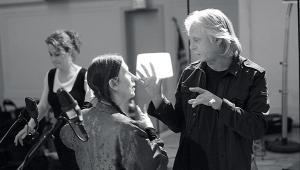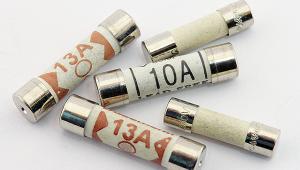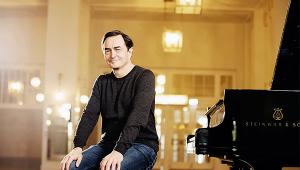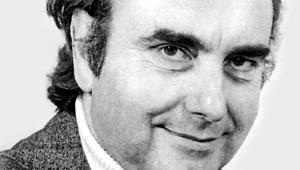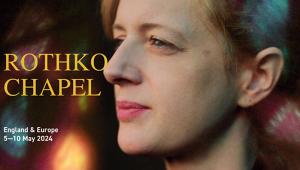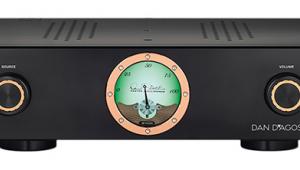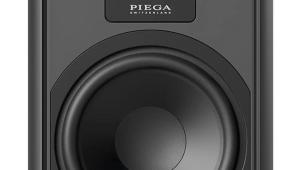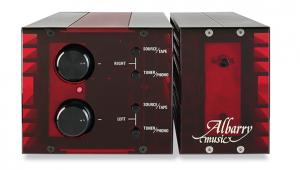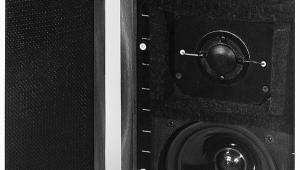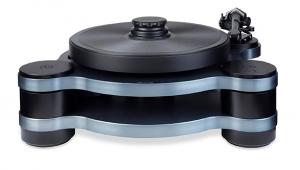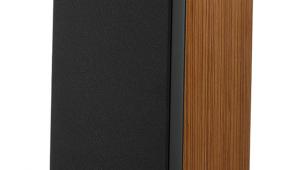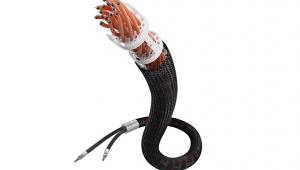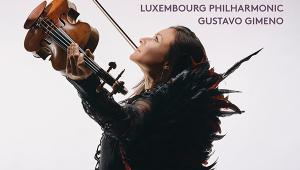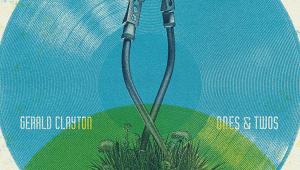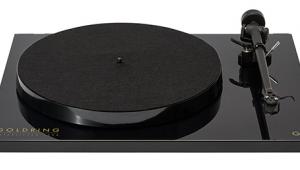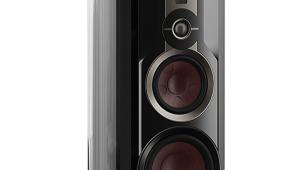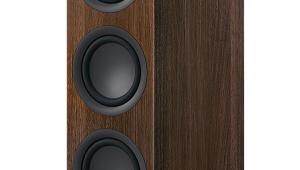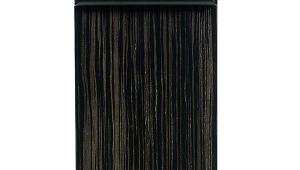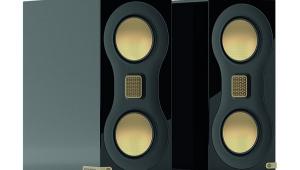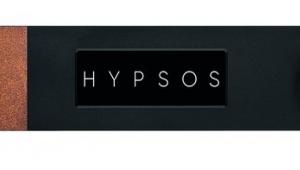The scent of success

In the UK, at least, Chanel is still known first and foremost as a signifier of French chic, whether in the image of Coco, or the perfume bottles reassuring husbands of a duty fulfilled, or in the handbags bought by women to please themselves. The news that it sponsors a biennial set of awards to creative artists took me by surprise. All the more so when I learnt that among their number last year, for the second edition of the Chanel Next Prize, was the Icelandic composer Anna Thorvaldsdottir [pictured above].
Prom queen
On the face of it, Thorvaldsdottir boasts impeccable credentials for such a prize. As the composer of Archora and Aion, meaty orchestral works commissioned by the likes of the BBC Proms, the Berlin Philharmonic and the LA Philharmonic, does she ‘need’ the €100,000 and two year ‘mentoring programme’ which come with the perhaps more valuable publicity attendant on the award? She seems to be doing quite well already.
And yet more valuable still is that Chanel has made the award at all, honouring Thorvaldsdottir alongside the singer Davone Tines, video game developer Sam Eng, artist Tolia Astakhishvili and six others. It’s too easy to pull out an onion and moan. The fact is that makers of art music receive painfully little recognition compared with leading figures in complementary fields of creative activity.
It wasn’t so long ago that Lord Gowrie, one-time head of the Arts Council, was able to say, after the death of Francis Bacon in 1992, that Sir Harrison Birtwistle had become the leading British artist in any medium. You didn’t need to like his music, or even listen to it, to recognise the merit of such a judgment. Yet when Birtwistle himself died, in April 2022, the news barely made the homepage of the BBC let alone its news channels.
Nordic noir
Beyond the Anglosphere, however, art music continues to thrive. In fact Thorvaldsdottir has also been recognised by major awards made in the UK (the ‘Ivors’, formerly the Ivor Novello Prize, for Catamorphosis, in 2021) and the US (an ‘Emerging Artist’ award from the Lincoln Center in 2018). Born in Iceland (perhaps pertinently, not in Reykjavík), she has lived on both sides of the Atlantic, currently in London. But the opportunity to recognise the work of a composer alongside her peers in other art forms is rare enough to make the Chanel Prize worth celebrating.
All the more so when Thorvaldsdottir’s music makes no concession to the limited attention spans of the TikTok generation. You don’t need to know the composer’s name in order to appreciate that Aion emerges from a land of volcanic upheaval. Swirling strings, wisps of flute, tectonically shifting pedal points and grinding dissonances mark out a soundscape mirrored by the moody Nordic noir of her album covers. This is music that won’t be rushed to a snappy conclusion, but it also never lingers in one place for too long.
‘Early music’
Just as pertinently, Thorvaldsdottir’s language has gradually evolved over the span of her 20-year-plus career. On an earlier Deutsche Grammophon collection of her work, Shades Of Silence belies its title with intricately overlaid textures from a quartet of ‘early music’ instruments, evoking the formal ceremony of a koto ensemble as much as a Baroque manuscript eaten by moths or the end credits to an unmade David Lynch movie. As conducted by Cate Blanchett in the Oscar-nominated film Tár, the ensemble piece Ró distils and thins out the scale of Aion to a pointillistic, mesmerising ten minutes.
The Fondation Louis Vuitton already stages major exhibitions of modern art, such as the Rothko retrospective in 2024. It would be nice to think that other brands might follow Chanel’s example. I live in hope of Helen Grime receiving the 2026 Burberry Prize.

